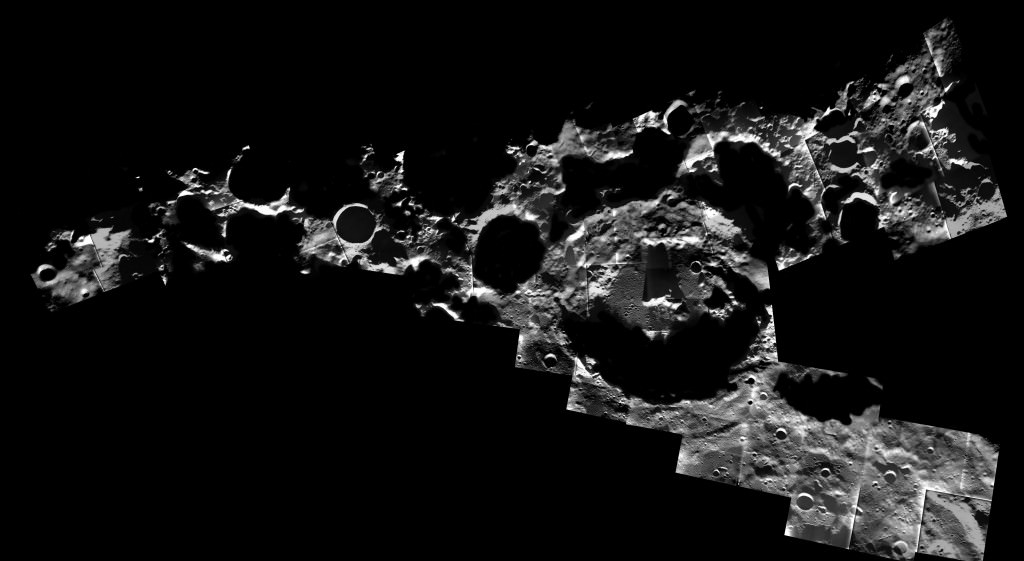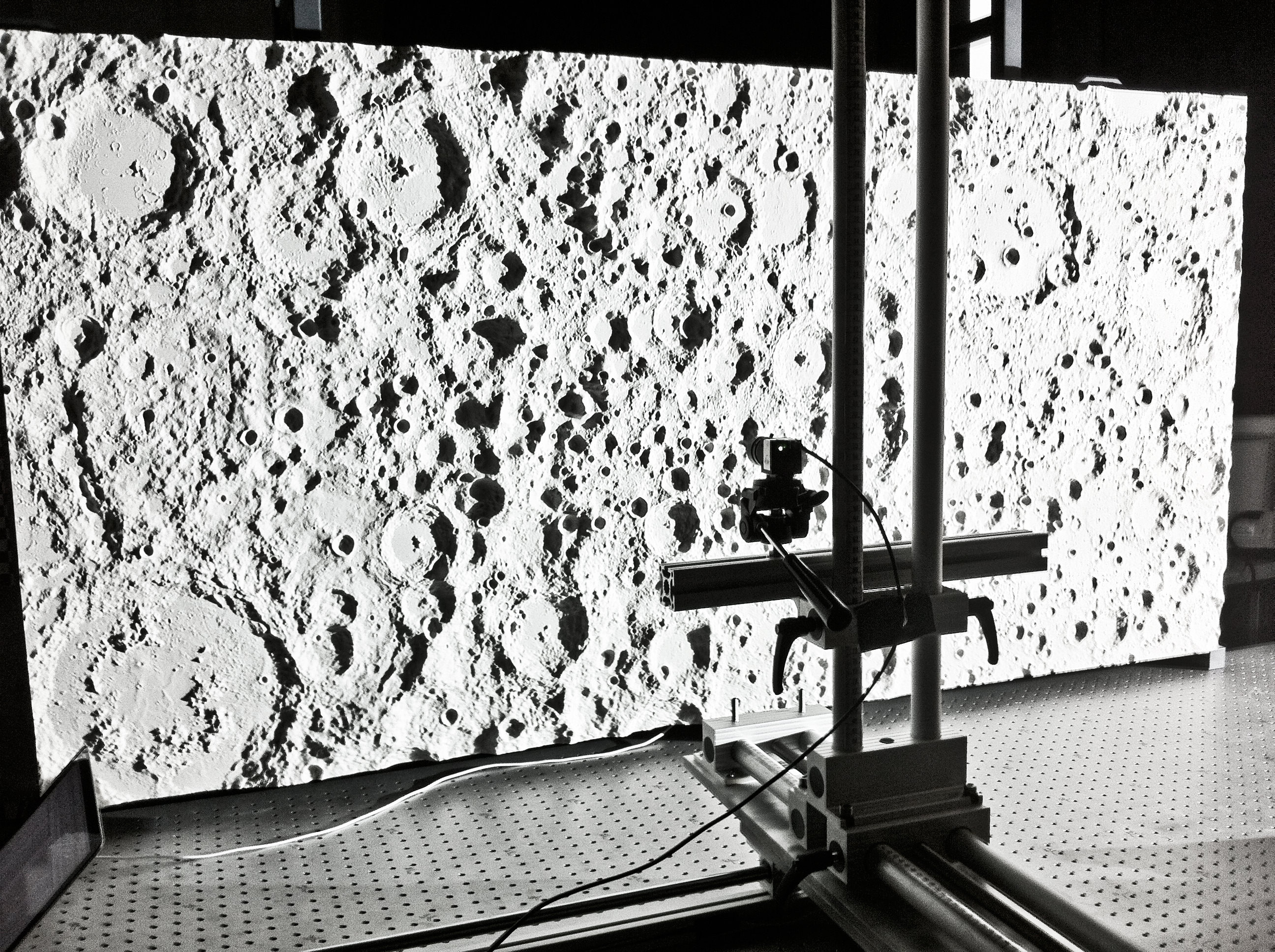Mission planners really hate it when space robots land off course. We’re certainly improving the odds of success these days (remember Mars Curiosity’s seven minutes of terror?), but one space agency has a fancy simulator up its sleeve that could make landings even more precise.
Shown above, this software and hardware (tested at the European Space Agency) so impressed French aerospace center ONERA that officials recently gave the lead researcher an award for the work.
“If I’m a tourist in Paris, I might look for directions to famous landmarks such as the Eiffel Tower, the Arc de Triomphe or Notre Dame cathedral to help find my position on a map,” stated Jeff Delaune, the Ph.D. student performing the research.
“If the same process is repeated from space with enough surface landmarks seen by a camera, the eye of the spacecraft, it can then pretty accurately identify where it is by automatically comparing the visual information to maps we have onboard in the computer.”

Because landmarks close-up can look really different from far away, this system has a method to try and get around that problem.
The so-called ‘Landing with Inertial and Optical Navigation’ (LION) system takes the real-time images generated by the spacecraft’s camera and compares it to maps from previous missions, as well as 3-D digital models of the surface.
LION can take into account the relative size of every point it sees, whether it’s a huge crater or a tiny boulder.
At ESA’s control hardware laboratory in Noordwijk, the Netherlands, officials tested the system with a high-res map of the moon.
Though this is just a test and there is still a ways to go before this system is space-ready, ESA said simulated positional accuracy was better than 164 feet at 1.86 miles in altitude (or 50 meters at three kilometers in altitude.)
Oh, and while it’s only been tested with simulated moon terrain so far, it’s possible the same system could help a robot land on an asteroid, or Mars, ESA adds.
No word on when the system will first hitch an interplanetary ride, but Delaune is working to apply the research to terrestrial matters such as unmanned aerial vehicles.
Check out more details on the testing on ESA’s website.
Source: ESA

